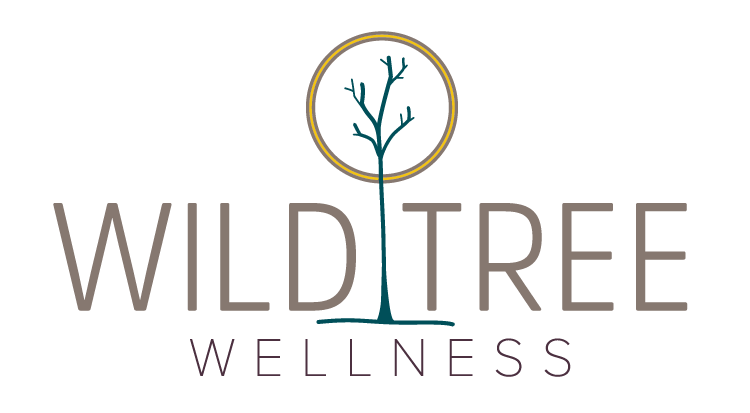The Dangers of Doomscrolling
Living through times of crisis and uncertainty, many of us turn to the news or various social media outlets to stay in touch with what’s happening in the world around us. Often times, this leads to scrolling ourselves down a seemingly never-ending rabbit hole of bad news. And yet, amidst the constant stream of negativity, we continue to read on, article after article, unable to just unplug from the information that leaves us feeling depressed.
Doomscrolling seems to be the norm nowadays for many. A term coined for the tendency to continue to surf or scroll through bad news, even though that news is saddening, discouraging, and overall depressing. We are currently living in a time of uncertainty and confusion, often finding there are no easy solutions as we are flooded with conflicting information. While social media platforms have provided many benefits, lately it seems to beg the question, what’s with all the bad news? Why do we never see the good that’s happening?
Here’s the thing; there actually is a lot of good stuff happening. However, good news tends to happen in a more gradual process over time, whereas bad things tend to happen all at once. The media chooses to emphasize the negative because it’s what draws our attention. Human beings have a natural bias that focuses on the bad, which in turn drives the news coverage of the corresponding topics. Thinking about it in evolutionary terms, it is much more dangerous to ignore negative information (i.e, survival, safety) than it is to ignore the positive. Many believe, then, that it is safer to stay up-to-date on the latest news in order to be informed. However, with the constant spew of misinformation from unreliable new sources, like social media where opinions are expressed and not facts, we usually end up more anxious, scared, and frustrated than we were to begin with. Our bed-time routines of casually scrolling various apps have turned into a sort of an addiction that leaves us unsatisfied. For many, we then start to experience what’s called cognitive distortions, or inaccurate habitual ways of thinking, such as catastrophizing that is triggered by such Doomscrolling. From there it is easy to spiral into rumination and panic attacks.
So how can we continue to participate in staying up to date without so much doom? Some helpful tricks include limiting the amount of time you allow yourself to scroll. Whether it is setting a 15-minute timer, or going in and putting an enforced screen time limit for certain apps, this small trick can help set healthy boundaries on our social media information influx. Furthermore, choosing the time of day you scroll, perhaps not right before bed when we are already feeling depleted, can allow for more rational thinking and peace of mind.
It is important to practice mindful check-ins throughout the day to listen to what your body is telling you. Feeling anxious or agitated is your body’s way of letting you know you have absorbed enough information for the day.
Lastly, try reaching out or connecting with a friend. Sending a funny image, meme, or seeking out positive stories to lighten your mood and provide yourself with that social connection.
In such uncertain times, it’s easy to allow yourself to spiral down the influx of negative information constantly being thrown at us. Although it seems we have been taking one hit after another, using these simple tips and the practice of fact-checking can help filter the negative information that seems to be a part of this new normal. It is important to remember that you are not alone in this, and no matter how unpredictable the future is, we will move forward.
By: Emma Doran, BS
Photo: Pixabay from Pexels
